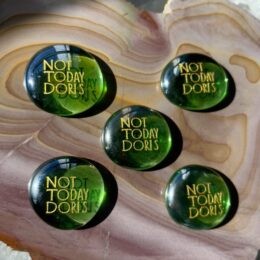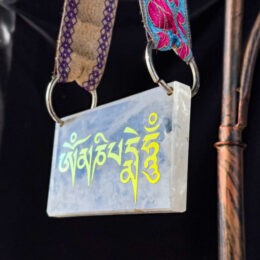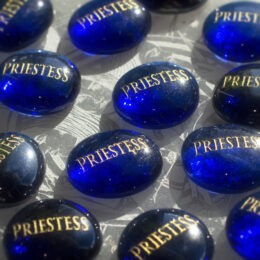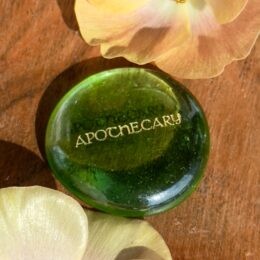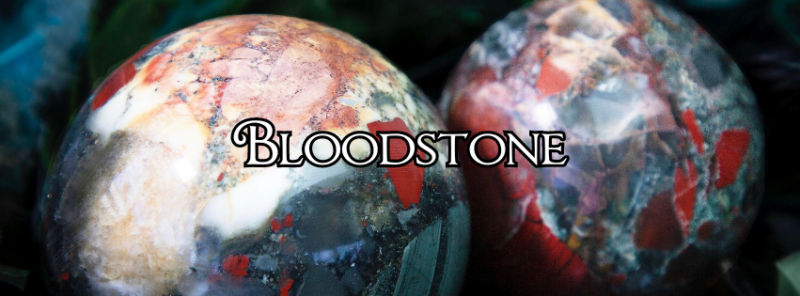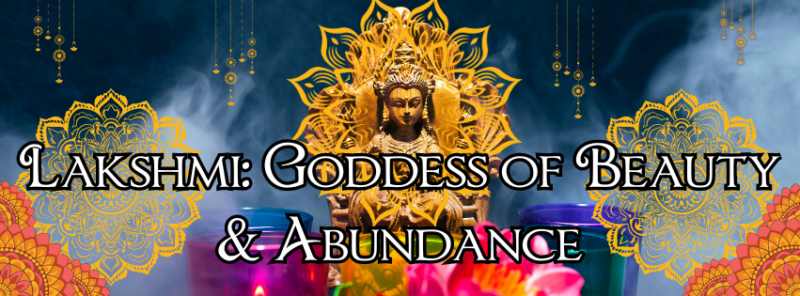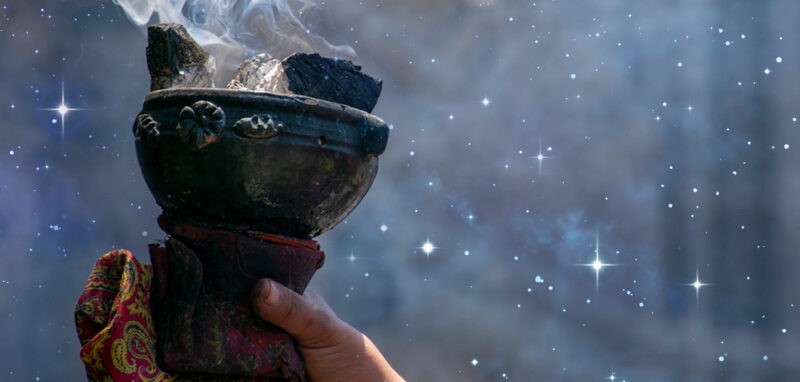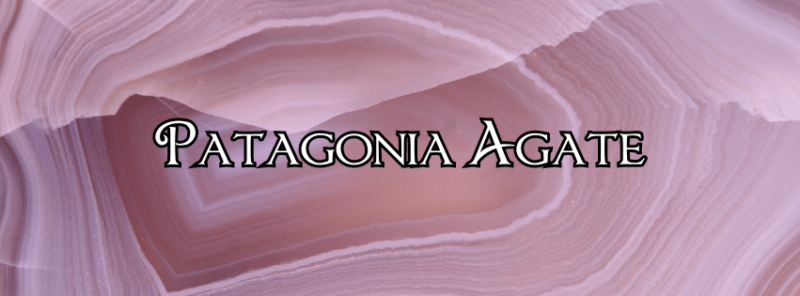Your cart is currently empty!
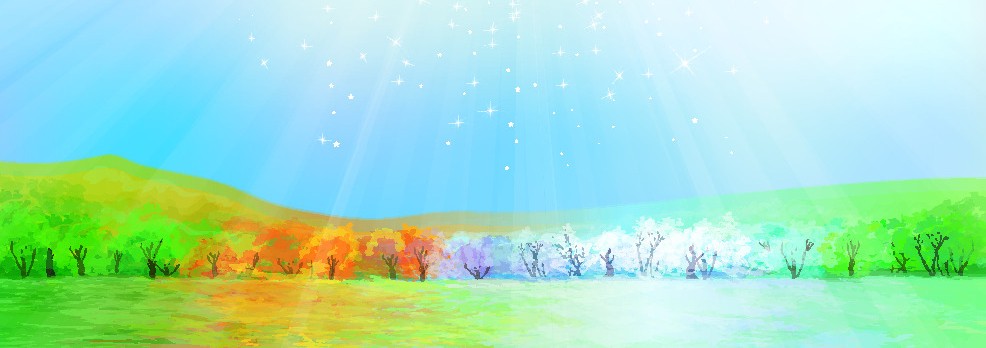
The Wheel of the Year
Sage Goddess Wheel of the Year Ritual Events
The Great Wheel of Time, a wheel that turns and never stops, shows the passing of the seasons and guides us through the phases of our lives. There are eight holidays of the Wiccan year, also known as the sabbats, that make up the Wheel of the Year.
Sage Goddess founder Dr. Athena Perrakis holds free online ritual events on YouTube to celebrate each one. It’s a foundation of her practice and one of her favorite things to experience and share.
Through the power of community and shared intention, people from around the world unite in these virtual gatherings. This space is a source of healing that fosters compassion, deepens emotional understanding, and awakens intuition.
Together, we create harmonious energy that amplifies the power of these seasonal celebrations. You can learn more about our SG events here.
What are the Sabbats?
The pagan sabbats comprise eight festivals. Four of these are ‘solar holidays,’ also known as the greater sabbats. They are the solstices and equinoxes, marking the peak of each season. These denote the Earth’s annual journey around the Sun.
The other four are ‘Earth festivals,’ which occur in February (Imbolc), May (Beltane), August (Lammas), and October (Samhain). They mark the ‘cross-quarter days’ between the solar points and are also known as the lesser sabbats.
All of these festivals honor important points in the agricultural and astronomical cycles, as well as significant spiritual themes. The sabbats have evolved over time, drawing from ancient agricultural and spiritual traditions from various cultures. Today, modern Pagans, Wiccans, and other magical practitioners celebrate them around the world. Celebrations often incorporate elements of folklore, mythology, and personal spirituality.
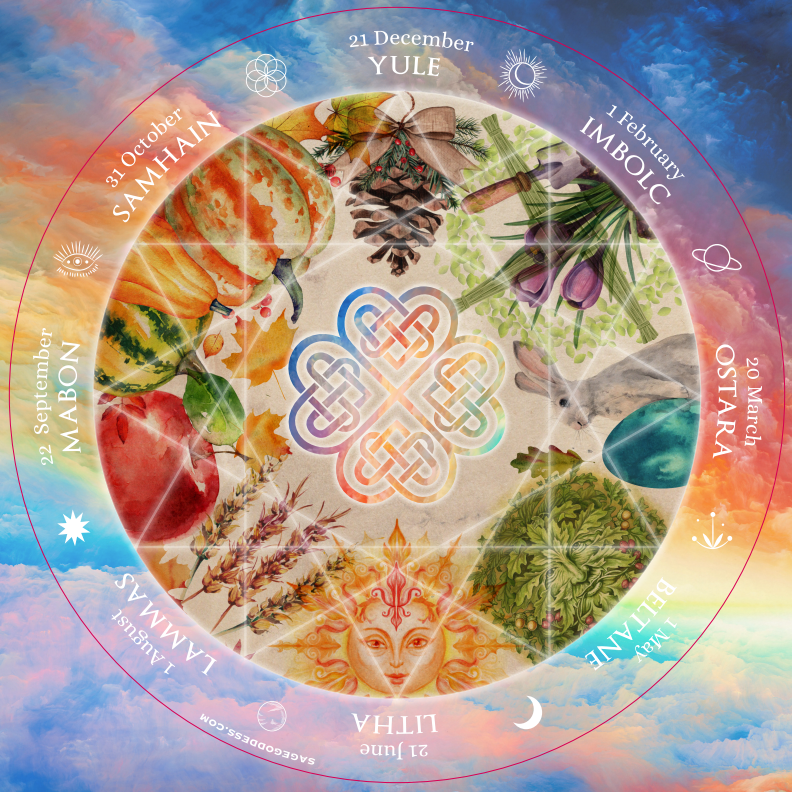
About Each Sabbat
Samhain (October 31 – November 1):
Samhain, pronounced ‘sow-in,’ marks the end of the harvest season and the beginning of winter. Many traditions consider it to be the most important sabbat. It’s a time when the veil between the physical world and the spirit world is thinnest. Historically, it was a time for honoring ancestors, divination, and preparing for the dark half of the year.
Yule (December 20-23):
Yule celebrates the winter solstice, the shortest day and longest night of the year. It marks the rebirth of the Sun and the gradual return of longer days. Many traditions incorporate evergreen plants, such as holly and mistletoe, as symbols of life, death, and rebirth. Yule is a time for celebrating the return of light and hope for the coming year.
Imbolc (February 1-2):
Imbolc, also known as Candlemas, marks the midpoint between the winter solstice and the spring equinox. It celebrates the awakening of the Earth and the first signs of spring. Traditionally, it was a time for purifying and preparing the land for planting. It is associated with the goddess Brigid and is often celebrated with rituals involving fire and candles.
Ostara (March 20-23):
Ostara celebrates the spring equinox when day and night are of equal length. It marks the beginning of spring and the return of fertility to the land. The holiday is named after the Germanic goddess Eostre, whose symbols include eggs and hares. Traditionally, it was the time of year for planting and celebrating the renewed life in nature.
Beltane (April 30 – May 1):
Beltane is a festival of fertility and passion, celebrating the peak of spring and the beginning of summer. It is a time for honoring the union of the god and goddess and the vitality and abundance of the Earth. Traditionally, people celebrated with maypole dancing, bonfires, and rituals to ensure fertility and prosperity.
Litha (June 20-23):
Litha, also known as Midsummer or the summer solstice, celebrates the longest day and shortest night of the year. It marks the peak of summer and the height of the Sun’s power. Many traditions celebrate with bonfires, feasting, and rituals to honor the Sun and promote abundance and growth.
Lammas (August 1):
Lammas, also known as Lughnasadh, marks the beginning of the harvest season. It is a time for giving thanks for the first fruits of the harvest. Traditionally, people celebrated with feasting, games, and rituals to ensure a bountiful harvest.
Mabon (September 20-23):
Mabon is also known as the autumn equinox, the second time of year when light and dark are balanced. It marks the second harvest and the beginning of autumn. It is a time for giving thanks for the abundance of the Earth and for preparing for the darker half of the year. Many traditions celebrate with rituals to honor balance, gratitude, and the cycle of life and death.





